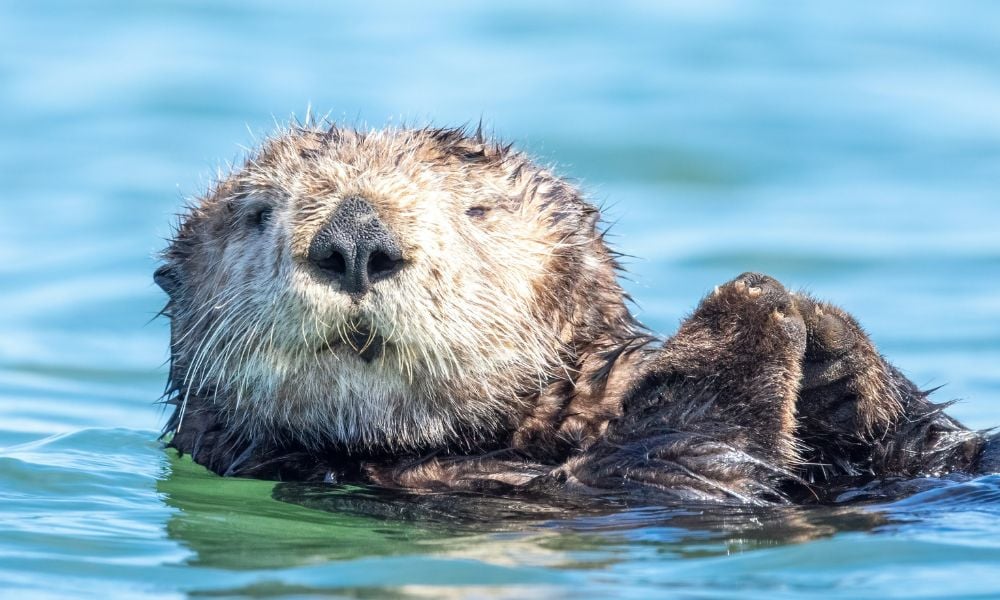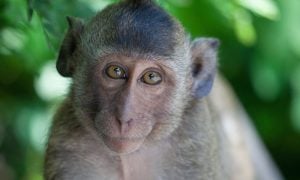The latest research in animal intelligence and behavior has revealed some amazing truths — animals are much more intelligent mathematically, emotionally, and even creatively than we may have realized, as reported by Time.
New studies conducted across various types of animals, from mice and birds to dogs and otters, paint a vivid picture of the wondrous world of animal intelligence. Each species brings a unique and fascinating intelligence to our diverse world, from complex problem-solving to intricate social dynamics.
Among birds, corvids are often considered some of the most intelligent. A fascinating study published in Science revealed that crows, a type of corvid, can count up to four by using distinct vocalizations. This experiment demonstrated their ability to learn and recognize numbers, responding with different squawks for each one.
Crows appear to understand math that most humans don’t fully grasp until they’re four or five years old. But crows aren’t the only animals with the ability to process basic numbers. Another recent study by Science Advances shows rats learned how to press a button that signified one, two, or three based on how many sounds they heard.
In another discovery, Falkland Islands falcons have been found to play with and move objects. The birds were photographed taking turns dropping and catching a piece of giant kelp. In a different study, baby chickens were studied playing together by Linköping University. This research shows that animals are capable of experiencing curiosity and the pursuit of “fun” — like humans, they have rich inner worlds.
Our beloved companions, dogs, have long been the subject of various research and studies. Animal Behaviour’s newest published findings show the complexity and diversity of dogs’ emotional and intellectual characteristics. Like humans, dogs are individuals.
And then there is the widespread use of tools: Sea otters using rocks to break open shells to get the food inside is nothing new, but a recent study has shown that females use a wider range of tools to gain access to larger amounts of food. The use of shells and other hard objects also allows them to save their energy for the more pressing demands of motherhood.
Another animal found to use tools is the chimpanzee. A study by PLOS Biology discovered that chimpanzees learn “fishing” for termites very early in life and continue to practice their skills over the next decade or more.
We still have so much more to learn from and about animals, but research consistently shows that animals and humans aren’t so different.
Lady Freethinker applauds all the scientists and researchers who are focusing on discovering more about how animals think, feel, and act — and how closely they are aligned with humans. To learn more about new animal research, read about how more and more scientists are recognizing animal sentience.








